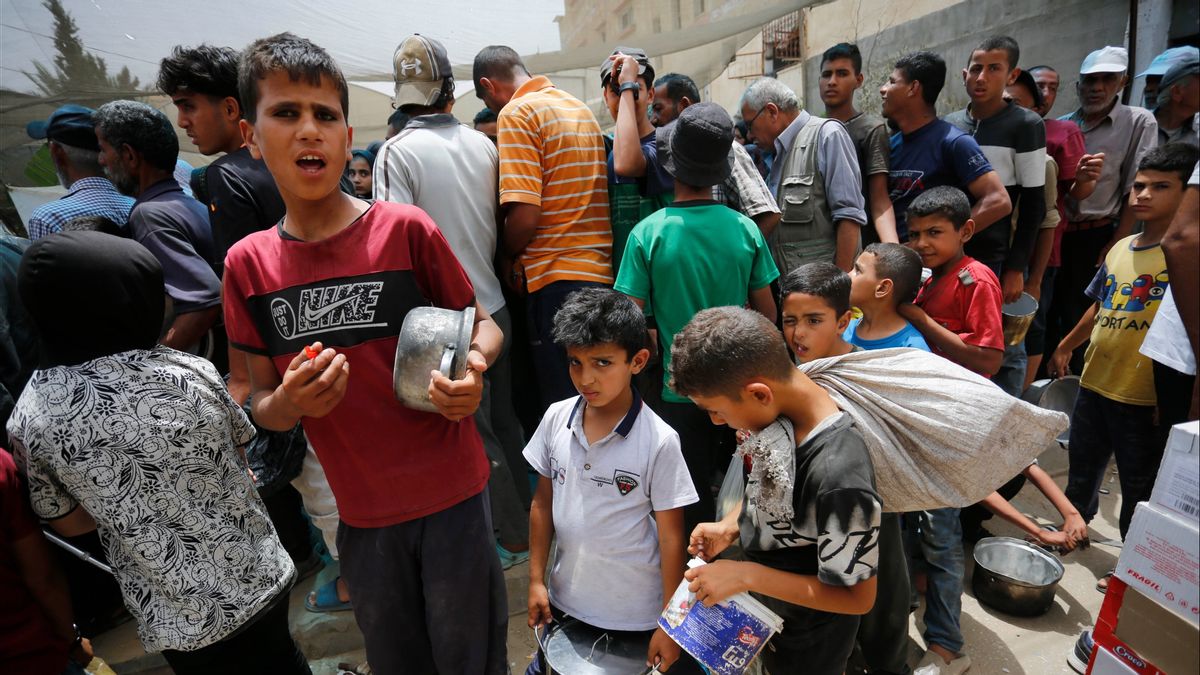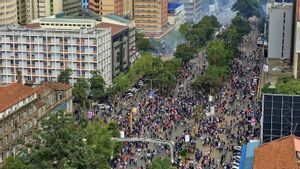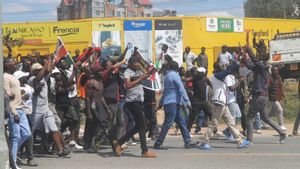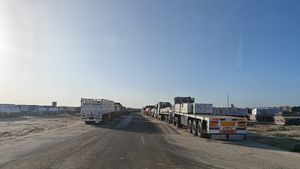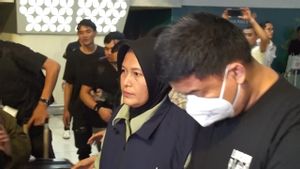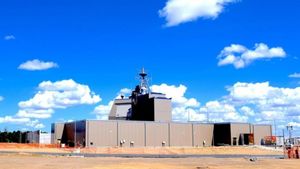JAKARTA - Global observers say the Route is still at high risk of starvation, as the war between Hamas and Israel continues and access to limited aid, although supply deliveries have limited the projected spread of extreme hunger in the northern region.
More than 495,000 people across the Gaza Strip face the most severe level of food vulnerability, or "disaster", according to an update from the Integrated Food Security Phase Classification (IPC).
It fell from an estimated 1.1 million in an earlier update three months ago, but still more than a fifth of Gaza's population.
In the "disaster" food vulnerability, households suffer from extreme food shortages, which causes acute malnutrition in young children, the risk of threatening hunger and death.
The IPC assessment published on Tuesday said that to buy food, more than half of Gaza's households surveyed had to sell clothes and a third of them collected and sold garbage. More than 20 percent reported not eating for days and spent the night. Overall, about 96 percent of the population faces a high level of acute food vulnerability in the period until September.
UN-backed monitoring said the delivery of food and nutrition services in March and April appeared to reduce the severity of hunger in northern Gaza, where IPC previously estimated the possibility of starvation.
However, Israeli attacks around the southern city of Rafah since early May and other wars and evacuations have led to new setbacks in recent weeks, he added.
"The humanitarian space in the Gaza Strip continues to shrink and the ability to provide assistance safely to the population is decreasing. The recent trajectory is negative and highly unstable," the update said.
Meanwhile, the Famine Review Committee, an expert group reviewing IPC findings, said in a report released Tuesday that there was "extreme human suffering" in Gaza and the risk of hunger has not decreased.
"Eight months of extreme pressure on people's lives make them much more vulnerable to falling into hunger," he said.
SEE ALSO:
It is known, the IPC is an initiative involving UN agencies, national governments, and aid groups that set global standards in measuring the food crisis.
The most extreme warning is Phase 5, which has two levels, disaster and hunger.
Starvation can be stated if at least 20 percent of the population in an area suffers from extreme food shortages, with at least 30 percent of children acute malnutrition and two out of every 10,000 dying from hunger or malnutrition and disease.
The English, Chinese, Japanese, Arabic, and French versions are automatically generated by the AI. So there may still be inaccuracies in translating, please always see Indonesian as our main language. (system supported by DigitalSiber.id)
